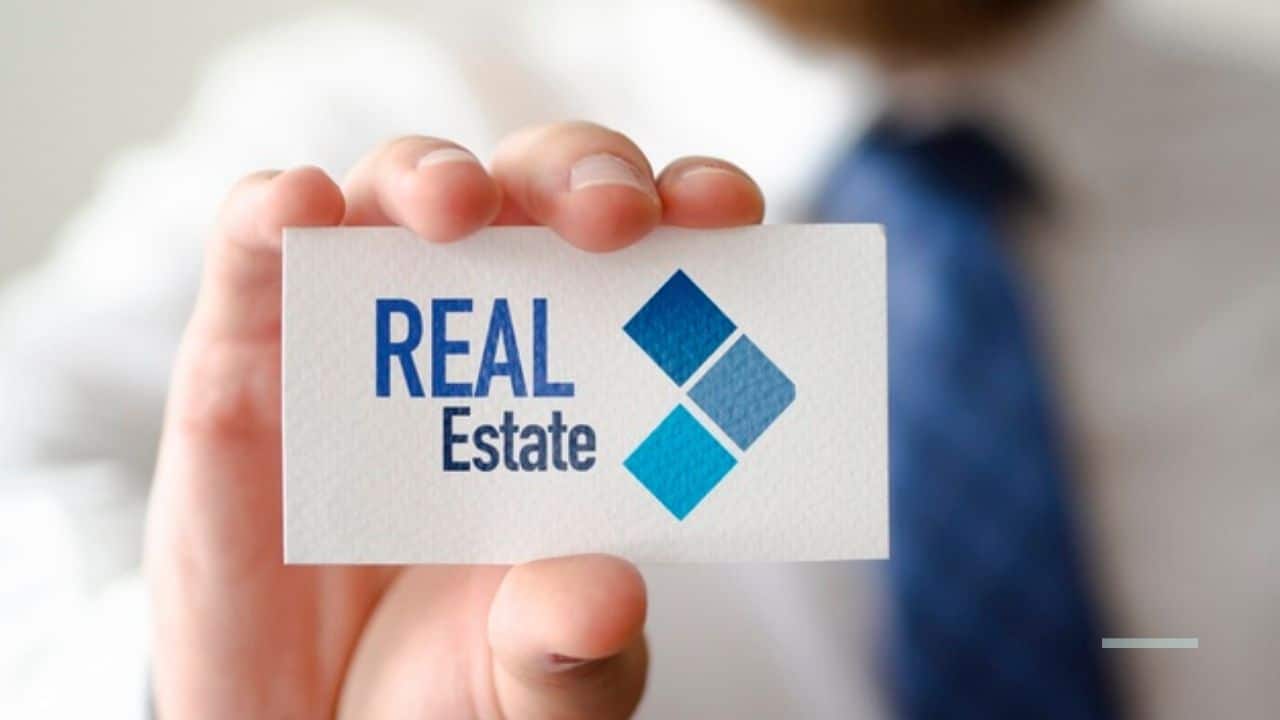Intellectual property is a type of property owned by an individual or business. The idea of intellectual property is an old one, dating back to ancient times, to foster invention and creativity for the benefit of society. It’s not tangible property, like a car or home; it’s sometimes called “creations of the mind” or “the product of original thought.” Learn about the different types of intellectual property and how the rights and laws of the creator can be protected.
What is Intellectual Property
The term “intellectual property” refers to the collection of intangible assets that a business or individual owns and is legally entitled to protect against unauthorized use or application by third parties. A firm or individual may own intangible assets, which are non-physical assets.
The idea of intellectual property refers to the idea that some products of human intellect ought to be given the same protection rights as those that apply to tangible products, which are tangible property. Legal protections for both types of property are in place in the majority of developed economies.
Understanding Intellectual Property
Because intellectual property is so highly valued in today’s increasingly knowledge-based economy, businesses take great care to identify and protect it. Additionally, generating valuable intellectual property involves significant brainpower and labor-intensive time inputs. This turns into significant investments made by businesses and people that others should not have the right to access.
Any business must derive value from intellectual property while prohibiting others from doing the same. There are many different types of intellectual property. Despite being an intangible asset, the intellectual property sometimes has a far higher value than a company’s concrete assets. Because it can be a source of competitive advantage, intellectual property is jealously guarded and protected by the businesses that possess it.
Intellectual Property Types
Intellectual property laws in the U.S. and internationally set up the processes to grant rights to the originator of a work or creation. Copyrights, trademarks, and patents are the three basic forms of protection. Each type has a distinct duration and may be registered with a particular federal agency.
#1. Copyrights
Original works of authorship, such as literary, theatrical, musical, and aesthetic works, are registered using copyrights. The U.S. Copyright Office registers copyrights with extended time frames for joint, anonymous, and pseudonymous works, as well as for the owner’s life plus 70 years.
#2. Trademarks
To distinguish the products or services of one company from those of competitors, businesses register names, symbols, words, gadgets, or combinations of trademarks or service marks.
These marks are registered with the U.S. Trademark and Patent Office, and the registration is valid as long as the design is still distinctive and one-of-a-kind and the trademark owner continues to provide the necessary documentation to demonstrate the trademark is being used regularly.
#3. Patents
Patents are used to document inventions as well as the development of novel and practical methods, devices, manufactured goods, and material compositions. A section of the U.S. handles patent registration. Patent and Trademark Office that Separate from trademarks. A patent is protected for 20 years.
#4. Franchises
A franchise is a license that a business, person, or entity—referred to as the franchisee—purchases to utilize the franchisor’s name, trademark, intellectual knowledge, and business practices.
The franchisee, who runs the shop or franchise, is often a small company owner or entrepreneur. The franchisee has the right to use the company’s name to sell goods or offer services thanks to the license.
#5. Trade Secrets
A corporation’s procedure or practice that benefits the company or the person holding the trade secret financially is referred to as a trade secret because it is not generally known. Trade secrets are usually the outcome of a firm’s research and development and must be actively protected by the corporation (which is why some companies demand the signing of non-disclosure agreements or NDAs).
#6. Digital Assets
Additionally becoming recognized as IP are digital assets. These would include online digital content and proprietary software code or algorithms.
Intellectual Property Law And Right
Intellectual property rights (IPR) are the rights that people are given over their creative works. They frequently provide the innovator the right to tap into their originality for a set period. Technology in use today heavily depends on IPR. Intellectual property rights are more important than ever because of our high level of connectivity to the online world.
Despite all the advantages that the internet’s development has brought about for knowledge and idea exchange, it has also made it easier for people to steal ideas and works, which can be harmful to innovation and national economies. Additionally, as the value of IP has increased, occurrences of intellectual property infringement have risen as well and are increasingly widespread in the digital era, occasionally even leading to business collapse. The likelihood of intellectual property theft of an idea or creation without the creator’s awareness is very high. Thus, intellectual property rights are crucial.
It takes time, money, effort, and intelligence from inventors, artists, scientists, and businesses to produce innovations and creations. Also, for them to be driven to complete it, they must have the chance to get a respectable return on their investment. Giving them legal protection for their intellectual property is a requirement.
Customers pay attention to intellectual property to ensure they purchase safe, dependable goods, while businesses depend on adequate patent, trademark, and copyright protection. An IP is similar to other tangible assets in that it offers organizations benefits from having it. In a web-based setting, it is simple to copy any template, brand, or functionality, making IP protection more crucial than ever.
Protecting Against Infringement
When someone makes unlicensed use of another person’s or organization’s intellectual property, it is considered an intellectual property law violation.
The United States Constitution’s specific provision to allow authors and inventors exclusive rights to all of their works is found in Article I, Section 8. Additionally, Section 8 gives Congress the authority to extend its support for both domestic and international trade. The Commerce Clause of the Constitution serves as the legal foundation for Congress’s authority to regulate trademarks.
Congress’s enacted intellectual property rules are governed by two federal organizations: the U.S. In addition to the U.S. Office for Copyright. All federally registered patents and trademarks must be issued by and under the supervision of the U.S. Patent and Trademark Office. The U.S. requires the registration of copyrights. to have federal enforcement of the Copyright Office.
You should do everything in your power to spread awareness of your rights to safeguard yourself against infringement. By making your rights known, you can discourage those who might unintentionally violate them and improve your ability to pursue legal action if necessary.
How to Give Notice of Your Intellectual Property Right
The following are some ways that inventors can notify others of their rights:
- The patent number that the Patent and Trademark Office has given them can be used to identify their goods.
- To deter others from copying the design before they acquire the actual patent, they can use the phrase “patent pending” if they have not yet been granted one.
- Placing the relevant symbol, such as ™ or © on the goods or materials can serve as notice of trademarks and copyrights.
Your intellectual property rights can be enforced in federal court if there is a violation. You should speak with an attorney who specializes in intellectual property law before starting a case and carefully assess if going to court is your best course of action. Infringement proceedings are costly, and there is a chance that, after being examined by a judge, your intellectual property rights would be found to be invalid or less comprehensive than you may have believed.
There are several remedies open to you if you choose to file a lawsuit for intellectual property infringement and your case is successful.
- An injunction can be imposed by the court. This requires the individual violating your IP to cease their activity.
- If you can demonstrate that their activities caused you to lose business, you might be entitled to financial compensation.
- You might be able to agree on a license arrangement with your IP once your rights have been confirmed in court. This implies that the infringer may continue to use your IP while paying you for it.
International Protection of Intellectual Property Law
International commerce and tariff talks in the 19th century saw the rise of intellectual property protection as a significant topic. The International Convention for the Protection of Industrial Property, generally known as the Paris Convention, was one of the first international agreements addressing intellectual property.
The pact offered protection for trade names, trademarks, industrial models, and patents and was written in 1883. Over a hundred nations have ratified the pact, which has undergone numerous revisions over time to reflect evolving IP laws.
- The Right of National Treatment
- The Right of Priority
Even though these regulations are in existence, it is still very difficult to enforce and defend IP internationally. Laws vary widely from one nation to the next, and the level of protection is influenced by the regularly shifting political environment in each nation.
After the General Agreement on Tariffs and Trade (GATT) was enacted in 1994, numerous national and international IP laws underwent major modification. The nations that joined the GATT pledged to protect intellectual property to a greater extent.
Members of the World Trade Organization (WTO) were mandated to enact particular procedures for the enforcement of IP rights and the resolution of disputes. For anyone discovered to be misusing trademarks and copyrights through piracy or counterfeiting, it established worldwide criminal penalties.
What Do Intellectual Property Lawyers Do?
Counseling, protecting, and enforcing are the three areas of IP where attorneys can concentrate.
- Counseling: The main focus of client counseling is on the best ways to safeguard a certain client’s IP. This can involve looking up trademarks that clients have suggested and advising them on their availability. A lawyer who advises a client on patents must have the technical knowledge to comprehend the client’s patent and evaluate its viability and chance of being granted a patent.
- Protecting: Registering trademarks, patents, or copyrights to secure the broadest possible rights is part of protecting a client’s IP. This includes creating an application for a trademark or patent, submitting it to the USPTO, and responding to any disciplinary proceedings the USPTO may issue.
- Enforcing: Protecting the client’s IP against infringement uses is part of the enforcement of intellectual property. Legal action in a federal court may occasionally result from this.
In addition, an IP lawyer may help clients with licensing, due diligence for mergers and acquisitions, and creating plans to safeguard their IP both domestically and abroad.
What are the types of intellectual property?
Intellectual property rights fall into four categories: patents, trademarks, copyrights, and trade secrets.
What is another word for intellectual property?
Five words that are related to intellectual property are listed, including copyright, IP, patent, trademark, and trade secret.
What are the big 3 intellectual properties?
One of these three legal classifications—patent, trademark, or copyright—can protect the majority of IP. In general, copyright covers a unique creative work you have produced. A term, phrase, or design that differentiates a brand can be the subject of a trademark while an innovation can be the subject of a patent.
Why is it called intellectual property?
IP includes things like inventions, literary and creative productions, symbols, names, and designs. Because it is the outcome of intellectual or creative labor rather than physical effort, it is referred to as “intellectual” property.
What are the characteristics of intellectual property?
A person or business that owns the IP has it legally protected from unauthorized use or implementation by third parties. Trademarks, patents, and copyrights are just a few examples of the various assets that can be included in intellectual property.
What is the difference between property and intellectual property?
The nature of the things that are being protected is the primary distinction between real property and intellectual property. Property includes tangible items that can be touched and seen, such as real estate, structures, and possessions. Contrarily, intellectual property describes mental works such as innovations, literary and creative productions, symbols, names, and designs.
How do you protect intellectual property?
The following are five techniques to safeguard your IP:
- Create trademarks, patents, and copyright registrations.
- Register domains for your company, your products, or both.
- Make agreements with partners and workers on confidentiality, non-disclosure, or licensing.
- Put security measures in place.
- Refrain from co-ownership.
Conclusion
In conclusion, IP refers to legal rights that safeguard works of art, literary and artistic creations, symbols, names, and designs that are products of the human mind. IP rules provide creators exclusive rights to their works for a set amount of time to promote innovation and creativity. This enables creators to make money off of their work and inspires them to keep coming up with new ideas.
Even though IP laws offer vital safeguards to creators, they can also give rise to controversy and discussion. While advocates contend that IP laws are vital to preserve creators’ rights and ensure that they are fairly compensated for their work, detractors contend that IP rules can hinder innovation and creativity by making it harder for others to expand on previously developed ideas.
Overall, striking a balance between defending the rights of creators and encouraging innovation and creativity is essential for IP laws to be effective. It seems expected that IP rules will continue to be the topic of discussion and reform as technology and society develop.
- WHAT IS ORGANIZATIONAL ENVIRONMENT? Types and Examples
- ORGANIZATIONAL STRUCTURE: Meaning, Types & Examples
- WHAT IS SALES PROSPECTING? Techniques, Templates & Software Solutions
- WHAT ARE THE STEPS TO THE STRATEGY IMPLEMENTATION PROCESS?
- How to Buy Rental Property With No Money in 2023: Tips & Strategies






